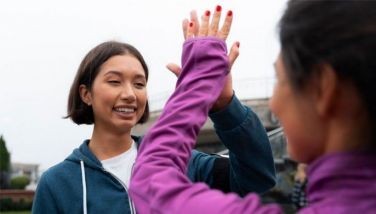Poor, vulnerable at center of development post-COVID-19
MANILA, Philippines — The Philippines will put the vulnerable groups of society, especially the poor and marginalized, at the center of its development plan as the country moves toward COVID recovery.
Speaking at the 55th Session of the Commission on Population and Development in New York, Socioeconomic Planning Secretary and National Economic and Development Authority (NEDA) chief Karl Chua said the Philippines remains committed in accelerating inclusive economic growth.
“As we move forward from this crisis, we need to put the poor and vulnerable more at the center of our development strategies,” Chua said.
He said this would be done by prioritizing smart infrastructure, regional equity, innovation, and climate change mitigation and adaptation to achieve faster and more inclusive growth.
“While progress is evident, we need to do more to create change that is truly transformative. To this end, strengthening regional cooperation is crucial,” Chua said.
Prior to the pandemic, Chua said the Philippines made significant strides in achieving the International Conference on Population and Development Program of Action.
Among the accomplishments include the Responsible Parenthood and Reproductive Health Act, which granted universal access to nearly all modern contraceptives at government health centers.
The Enhanced Basic Education Act also enabled better social and economic outcomes for the youth, while the Universal Health Care Act expanded healthcare access and coverage for Filipinos.
Chua said the measures contributed to significant poverty reduction to 16.7 percent in 2018, lifting six million Filipinos out of poverty four years ahead of the target schedule of 2022.
“But the pandemic temporarily halted our progress. In 2020, people’s incomes and jobs were significantly affected by the pandemic and stringent quarantines,” Chua said.
“The pandemic was a litmus test on the resilience of our systems and institutions. Quarantines and mobility restrictions exacerbated inequalities and temporarily increased unemployment,” he said.
Last year, the economy managed to bounce back, growing at 5.7 percent from a 9.6 percent contraction in 2020.
This was supported by the country’s vaccination program, which allowed the economy to gradually reopen.
- Latest
- Trending































